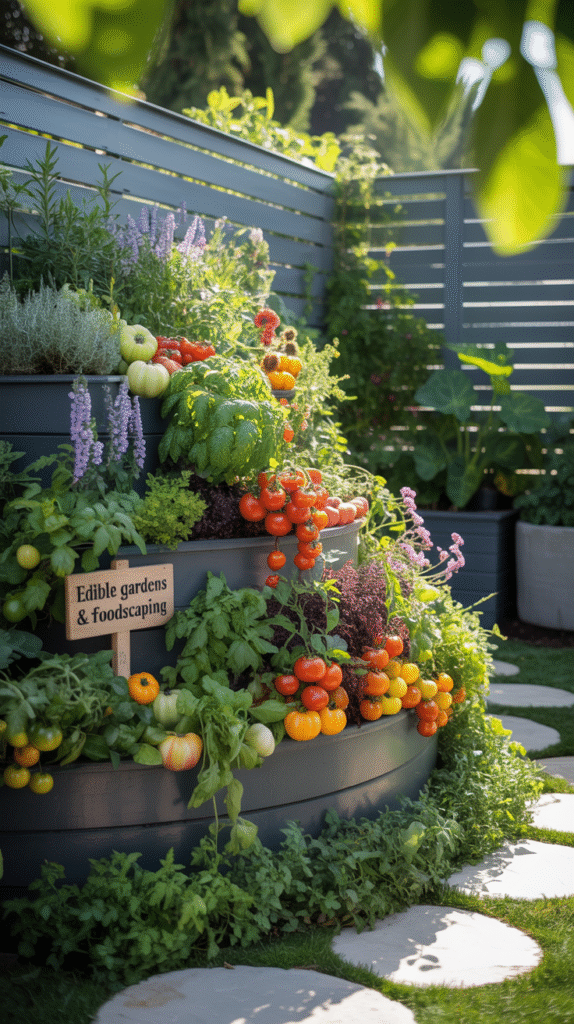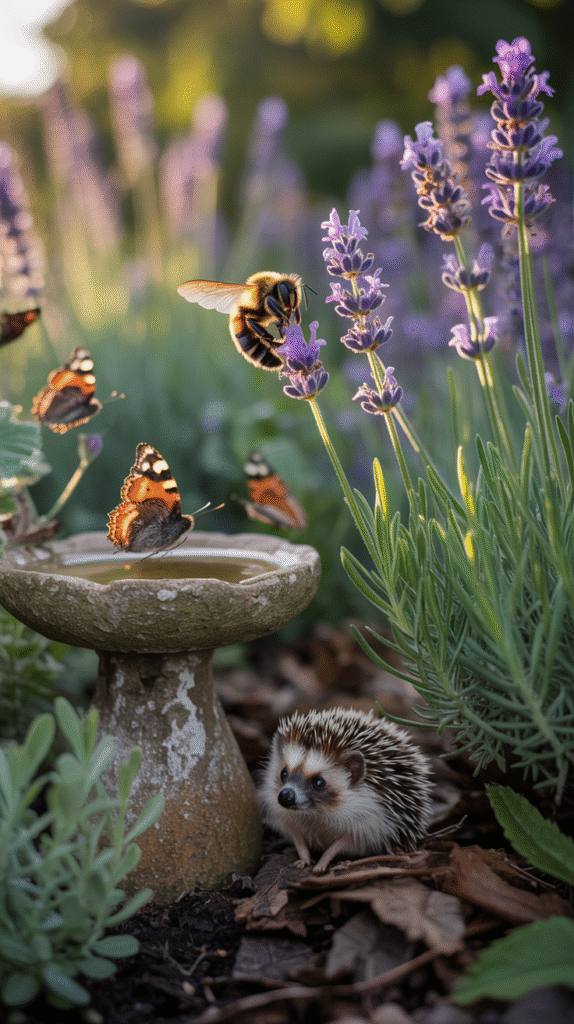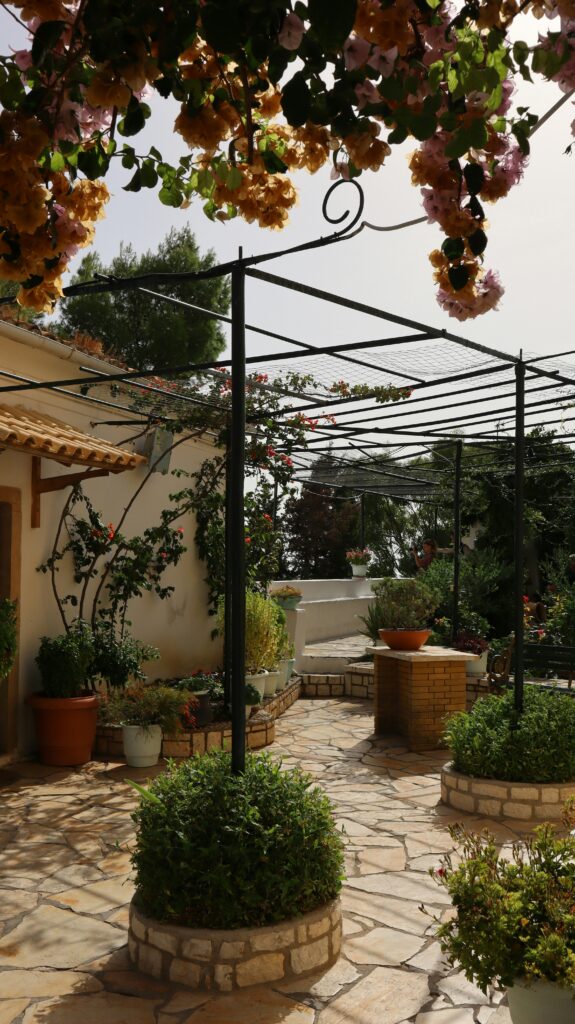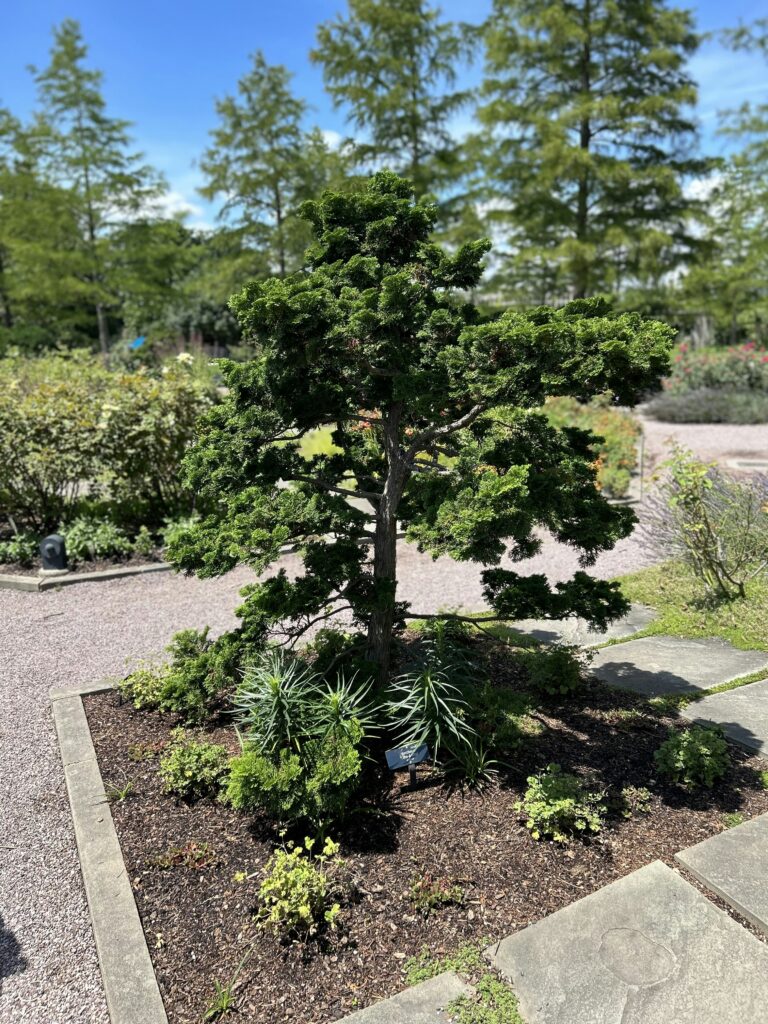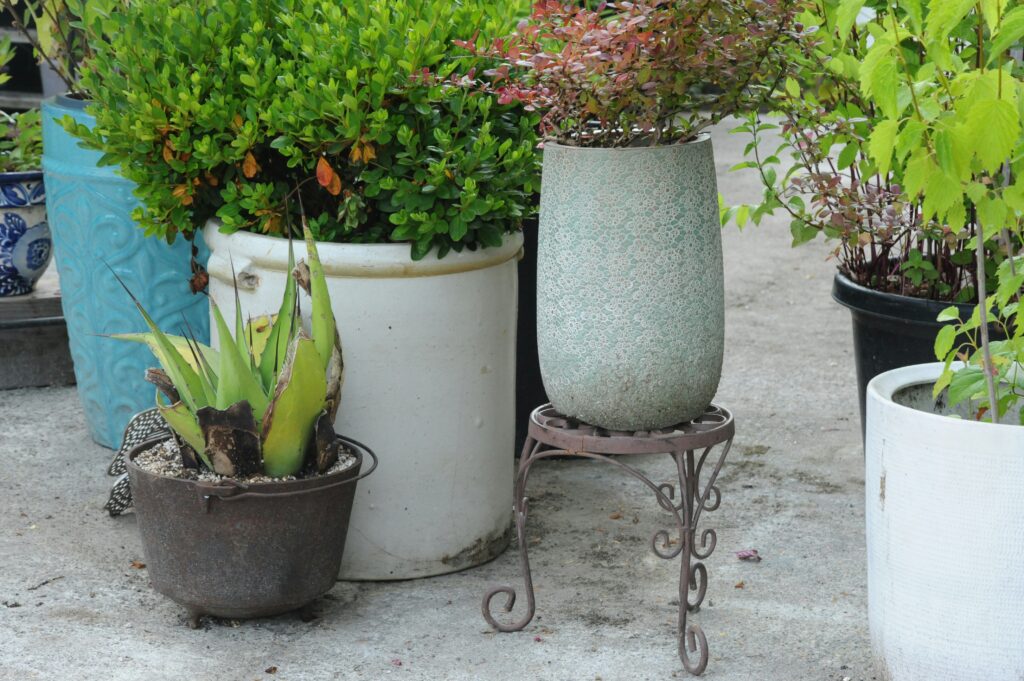Designing Tranquil Sensory Gardens for Ultimate Calm

Understanding Sensory Gardens
Sensory gardens are specially designed spaces that aim to engage and stimulate the five senses: sight, sound, smell, touch, and taste. The incorporation of various elements creates an immersive environment that promotes tranquility and well-being. These gardens serve as therapeutic landscapes, offering individuals a unique opportunity to experience nature’s calming effect, particularly in a world often filled with chaos and stress.
Historically, sensory gardens have evolved from traditional botanical gardens, which primarily focused on plant aesthetics. The early 20th century saw the emergence of gardens designed specifically for therapeutic purposes. These spaces were created to assist individuals with disabilities, while also benefiting those dealing with mental health challenges. This shift in design philosophy highlighted the importance of sensory stimulation as a means to enhance emotional and psychological well-being.
The significance of sensory gardens extends to diverse groups, including children, the elderly, and people undergoing rehabilitation. For children, these gardens provide a safe and interactive space promoting sensory exploration and cognitive development. For seniors, sensory gardens can stimulate memories and provide a serene escape, fostering social connections and overall mental health. Furthermore, individuals with disabilities often find sensory gardens to be spaces of inclusivity, where they can interact with their environment through various textures, colors, and scents.
In contemporary landscaping, the design of sensory gardens emphasizes accessibility and diversity. Incorporating elements such as fragrant flowers, textured pathways, and water features can draw attention to different sensory experiences. The use of native plants can also enhance biodiversity while promoting sustainability. By recognizing the therapeutic potential of sensory gardens, modern landscape designers create environments that not only serve aesthetic purposes but also nurture psychological health and emotional stability.
Key Elements of a Tranquil Sensory Garden
Creating a tranquil sensory garden involves a careful selection of various elements that stimulate and soothe the senses. At the core of this design is the choice of plants. Engaging multiple senses begins with incorporating flora that offers varied aromas, vibrant colors, and interesting textures. For instance, lavender and rosemary provide pleasing scents and are visually appealing, while ornamental grasses introduce a gentle movement that can be visually calming. Additionally, selecting plants with diverse textures, such as soft ferns or rough bark, enhances the sensory experience.
Moreover, water features are vital components of a sensory garden. The sound of gently flowing water, such as from a small fountain or pond, can create a serene atmosphere, masking unwanted noise and promoting relaxation. The visual aspect of water also adds a reflective quality, enhancing the overall tranquility. When designing these features, it is essential to consider placement, ensuring they are accessible yet subtly integrated into the garden space.
Another important factor is the incorporation of various textures within the garden. Pathways made from smooth pebbles or rough natural stone can guide visitors while providing tactile experiences. Outdoor furniture, such as benches made from natural materials, adds comfort while inviting users to sit and immerse themselves in the garden’s tranquility. Furthermore, the layout is crucial; creating secluded nooks with plants and foliage fosters an intimate environment where individuals can unwind and enjoy solace.
Color also plays a significant role in evoking a sense of calm. Utilizing a palette of soft, muted colors, such as pastels or earth tones, can enhance feelings of peace within the garden. By thoughtfully integrating these elements—plants, water, textures, layout, and colors—one can craft a cohesive and tranquil sensory garden that promotes relaxation and rejuvenation.
Landscape Design Techniques for Calmness
When designing tranquil sensory gardens, employing specific landscape design techniques can significantly enhance the environment’s calming effects. One crucial approach is zoning, which involves dividing the garden into distinct areas that serve unique purposes, allowing individuals to transition from active, stimulating spaces to quiet, restful areas. This strategic layout encourages relaxation while providing a sense of direction and structure within the garden.
Layering is another effective technique that adds depth and richness to the garden. By strategically placing plants of varying heights and densities, designers can create visual interest and a sense of enclosure, fostering an intimate atmosphere. Additionally, incorporating a variety of textures and colors through layered plantings can evoke various sensory experiences, enhancing the tranquil ambiance.
Creating visual barriers using natural materials, such as hedges or trellises, can help delineate spaces and offer privacy, adding to the garden’s serene environment. These barriers can also serve to reduce noise pollution from surrounding areas, further promoting a peaceful retreat. The management of light and shade plays a vital role as well; the careful placement of trees and structures can create soothing dappled light effects, reducing glare and creating gentle, inviting spaces to rest.
Furthermore, maintaining naturalistic forms in the design contributes greatly to achieving a calming effect. Using organic lines and shapes, rather than harsh angles, can evoke a sense of harmony with the environment. Incorporating elements that enhance the sensory experience, such as gentle water features or wind chimes, can introduce movement and sound, which engage visitors while promoting mindfulness and relaxation.
By implementing these landscape design techniques, it is possible to transform ordinary outdoor spaces into serene retreats that foster a deep sense of calm, relaxation, and mindfulness for all who visit.
Implementing and Maintaining Your Sensory Garden
Creating and sustaining a tranquil sensory garden requires a clear implementation plan coupled with diligent maintenance practices. The first step in this process involves careful planning. Begin by selecting a suitable location that receives adequate sunlight while also considering accessibility and proximity to a quiet area. Sketch the layout of the garden, incorporating various elements that cater to all five senses. For visual stimulation, consider integrating vibrant flowers and ornamental grasses, while fragrant herbs and plants can enhance the auditory and olfactory experiences.
Once the layout is designed, it is time to focus on planting. Choose plants that not only thrive in your climate but also contribute unique textures, colors, and scents. Incorporate a diverse range of flora, including perennial plants for consistent seasonal beauty and annuals for vibrant, temporary flair. It would be beneficial to create a mix of plants that attract butterflies and birds, facilitating visual and auditory engagement. Additionally, incorporating elements such as wind chimes, water features, or sandy pathways can amplify the sensory experience further.
After planting, ongoing maintenance becomes essential in preserving the sensory garden’s intended ambiance. Regularly check for weeds, pests, and diseases that could disrupt the tranquility of the environment. Pruning and deadheading flowers not only keeps the garden tidy but also encourages robust growth and blossoms. Seasonal adjustments are crucial; in winter, consider bringing in hardy plants to maintain interest or incorporating decorative elements like bird feeders to engage with local wildlife. Maintaining a sensory garden is a rewarding undertaking that fosters continual connection and engagement with nature.
By following these steps diligently, you can ensure that your sensory garden remains a serene refuge, offering various sensory experiences throughout the year, and adapting fluidly to the ebb and flow of the seasons.

